CHINASE | ENGLISH
bottom
NEWS
Masters Gathering Together, Promoting Innovation-driven Development of the World Aerospace Technology
On October 14, the 9th CSA-IAA Conference on Advanced Space Technology was successfully held in Shanghai. The conference is themed at “exploring the vast universe and building an aerospace community with a shared future for mankind”. It consists of a main forum and three sub-forums. Forty-three experts at home and abroad gave their invited lecture, which showed the latest research findings in the aerospace field and shared the most advanced space technology. Leaders from China National Space Administration, China Aerospace Science and Technology Corporation, China Aerospace Science & Industry Corp, Shanghai Party Committee for Scientific and Technological Work, and Shanghai Academy of Spaceflight Technology attended the conference.
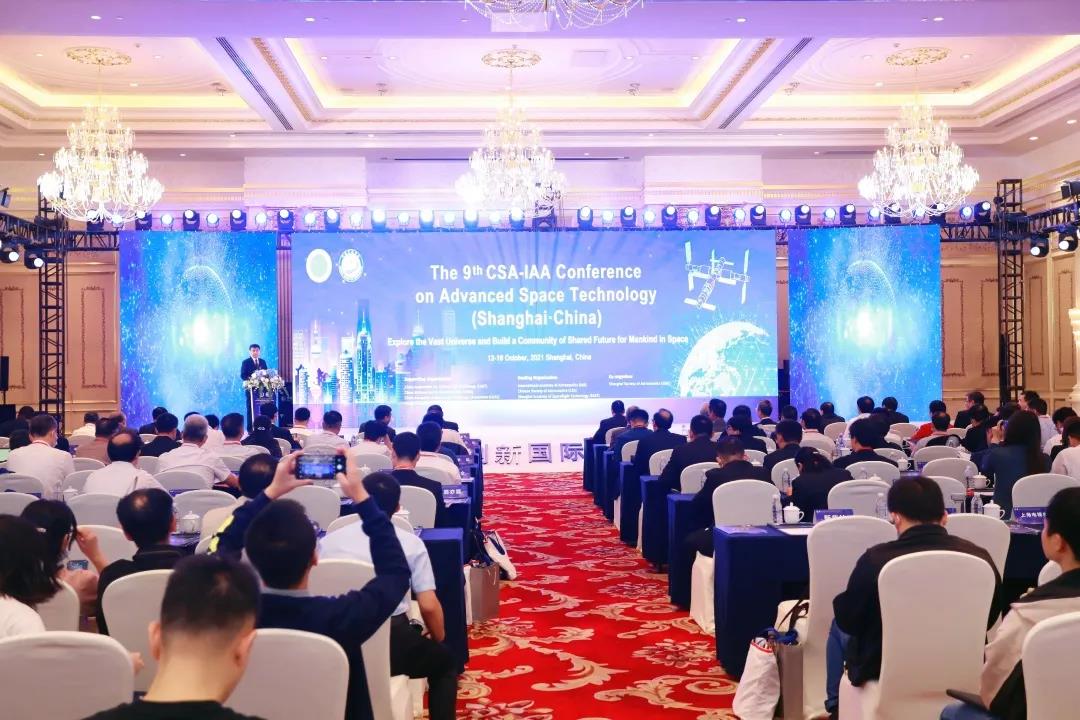
CSA-IAA Conference on Advanced Space Technology is cosponsored by International Academy of Astronautics, Chinese Society of Astronautics, and Shanghai Academy of Spaceflight Technology. It is the only innovation and exchange platform of space technologies of International Academy of Astronautics and Chinese Society of Astronautics in China. It is held once every two years, with Shanghai as a permanent venue. So far, it has been held for nine times.
International Academy of Astronautics, which is a non-governmental international academic organization, aims to promote the studies and collaboration in terms of the space technology and outer space and promote the development of space navigation and peaceful use of the outer space through scientific and technical exchanges. Chinese Society of Astronautics is composed of the scientific and technological workers of China Aerospace Science and Technology Corporation. It aims to promote the innovation and development of aerospace technology and strengthen the popularization and spreading of aerospace technology. Shanghai Academy of Spaceflight Technology is one of the three major research institutes of China Aerospace Science and Technology Corporation, and is the backbone of China’s defense-related science and technology industries.
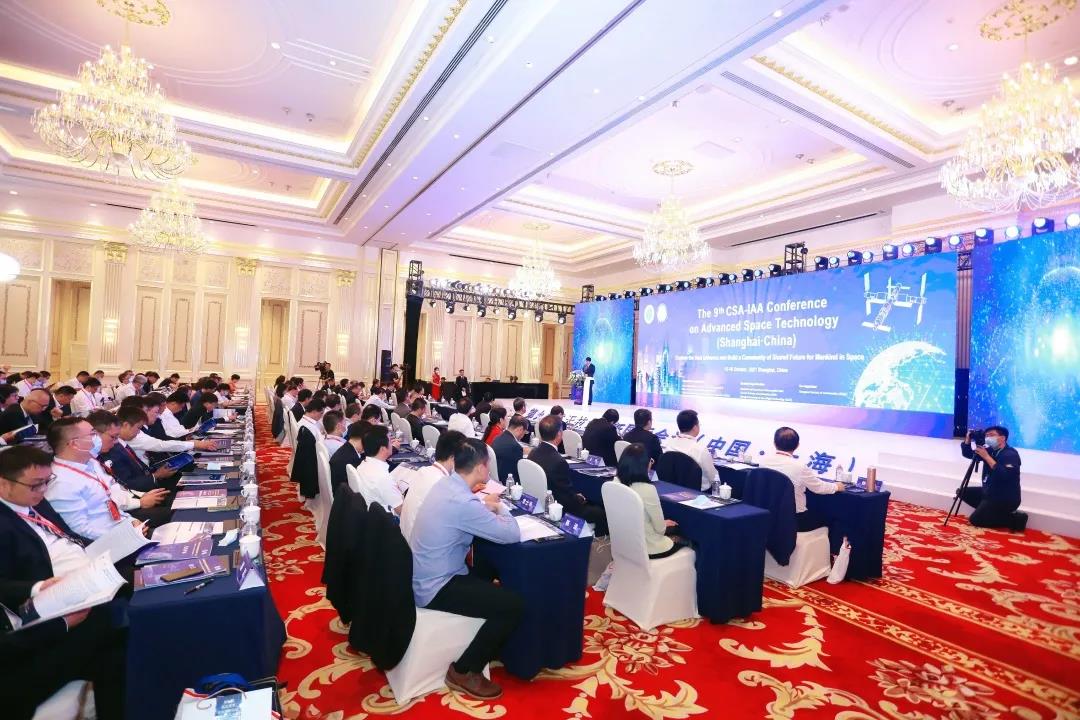
At the conference, about 300 persons, including the experts in the aerospace field from 9 countries and regions such as the US, Russia, Italy, Canada, Ukraine, and European Space Agency, and experts and scholars from domestic research institutions and universities had in-depth discussions with an aim to strengthen the international exchanges and cooperation in the aerospace field and promote human’s peaceful development and utilization of space with a tight focus on the front-line trend and future of the innovation-driven development of world aerospace technology.
Chi Wang, Academician of Chinese Academy of Sciences and Director of National Space Science Center, made a report named as the Latest Scientific Progress of Chang’e 4 Probe. Yaohai Dong, Chief Designer of Fengyun-4 meteorological satellite of Shanghai Academy of Spaceflight Technology, made a report named as the Development and Outlook of Fengyun Satellite System in the New Era. Yan Geng, Director of the General Department of Deep-space Exploration, Lunar Exploration and Space Engineering Center of China National Space Administration, made a report named as Task Progress of Tianwen 1 and Prospect of the Planetary Exploration Project. Xuhui Zhang, Vice President of China Academy of Launch Vehicle Technology, made a report named as Developing Regular Space Transportation, Welcoming the Great Aerospace Era. Weigang Sun, Senior Specialist of Chinese Society of Astronautics, made a report named as Forming An Earth-moon Ecosphere. GregWyler, Founder of OneWeb and O3b Networks, made a report named as Realizing Government Cooperation to Jointly Establish a Space Safety System and Framework and Promote the Sustainable Development of Space. Luca Rossenttini, CEO of Italy D-Orbit, made a report named as Space Exploration to Realize Human’s Sustainable Development through Orbit Support Services.
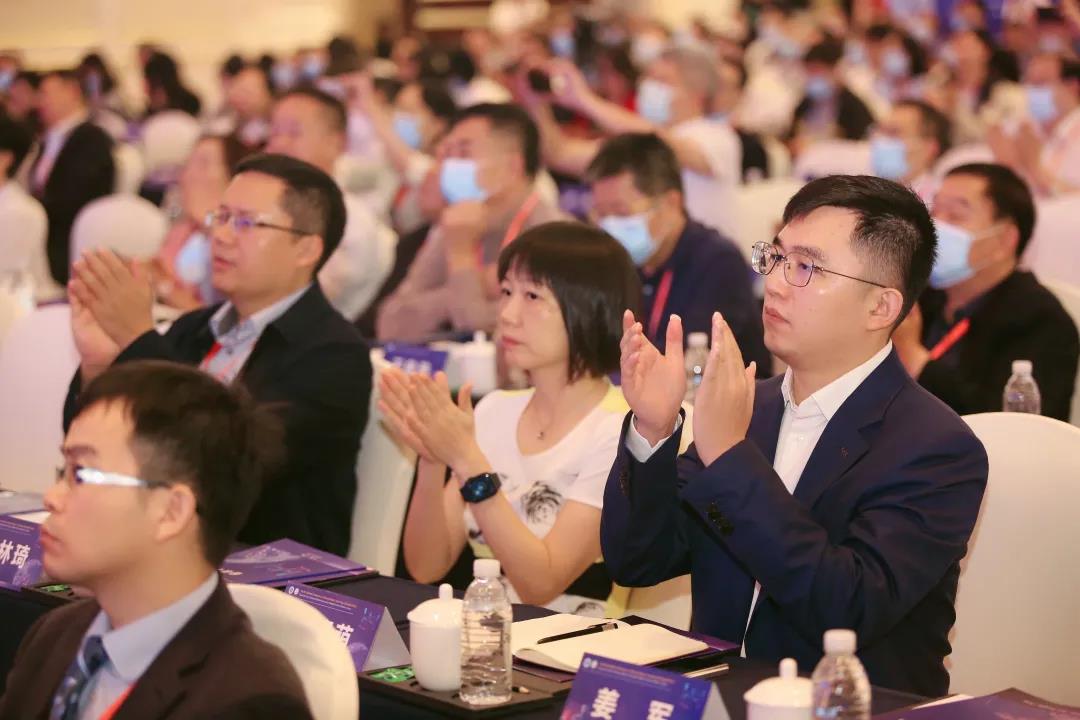
Jie Chen, Standing Deputy Chief of the Science and Technology Committee of Shanghai Academy of Spaceflight Technology, said during the interview that the conference was held during the 65th anniversary of China’s aerospace undertaking. Human never stop their efforts to explore the space. On the way of exploring the vast universe and building China into a space power, Shanghai Academy of Spaceflight Technology will persistently plan and strengthen science and technology innovation with a global perspective, strengthen international cooperation for science and technology innovation in an all-round way, actively integrate itself into the global science and technology innovation network, improve its own capacity for scientific and technological innovation in opening up and cooperation, and at the same time play an important role in building a technology innovation center with global influence in Shanghai.
At the conference, excellent topics such as the latest scientific progress of Chang’e lunar exploration project, development and prospects of Fengyun meteorological satellite system in the new era, task progress of Tianwen 1 and prospect of the planetary exploration project, and developing regular space transportation and welcoming the great aerospace era became the focal point.
Xuelei Cha, Deputy Chief Designer of Chang’e 5 Probe system of Shanghai Academy of Spaceflight Technology said, China has a long-term and ever-growing blueprint for lunar exploration. Chang’e 5 Probe has successfully finished its mission. It returned to the earth with lunar samples, and successfully completed the orbiting, landing and returning of the lunar exploration program. “Our exploration of the moon will be gradually deepened. At present, the development of Chang’e 6 and Chang’e 7 is being conducted in an orderly manner. We will take samples from different places on the moon and then return to provide more evidence for some scientific research problems about the moon. Meanwhile, the construction of a moon research station is also demonstrated. Shanghai Academy of Spaceflight Technology, as an important force of deep-space exploration, will take an active part in these work.”
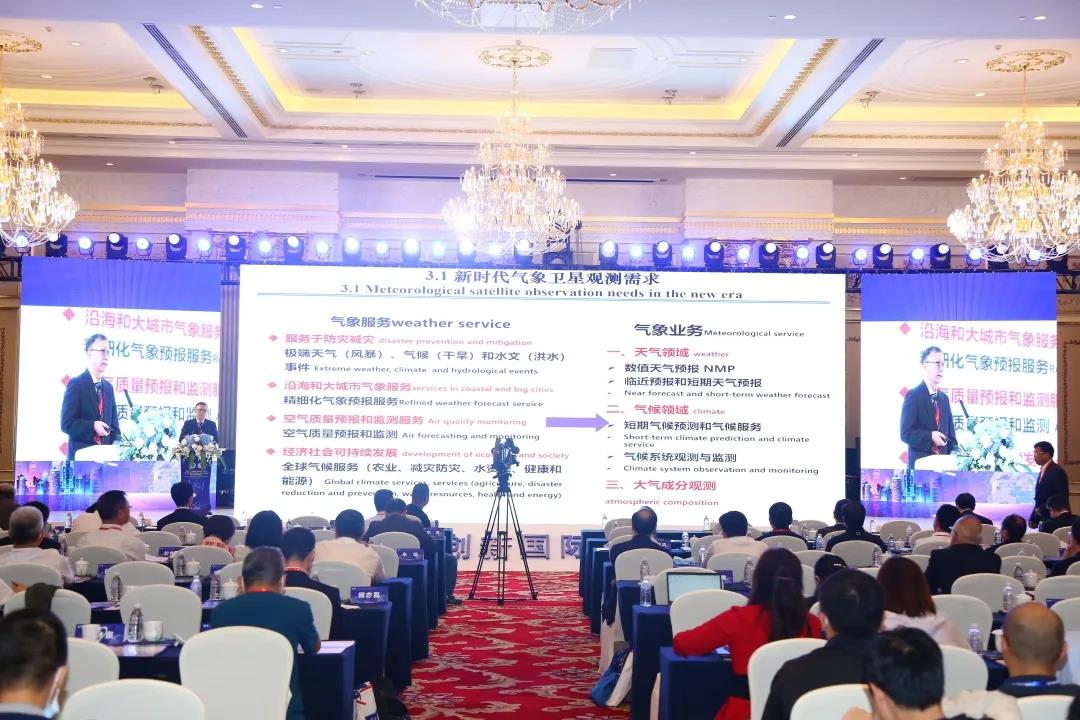
Yaohai Dong, Chief Designer of Fengyun-4 satellite of Shanghai Academy of Spaceflight Technology said, at present, the meteorological satellite resources in the whole world are open and can be used by all countries. However, Fengyun series of satellites that are developed by ourselves are still one of the most stable and reliable sources of meteorological data in China. Through scientific research, Fengyun series of satellites have been more and more accurate in forecasting and have exceeded developed countries in some respects. “We develop the satellites with an aim to solve practical problems. We hope to further improve the level of forecast, and give a more precise forecast of typhoon, fire and rainstorm.”
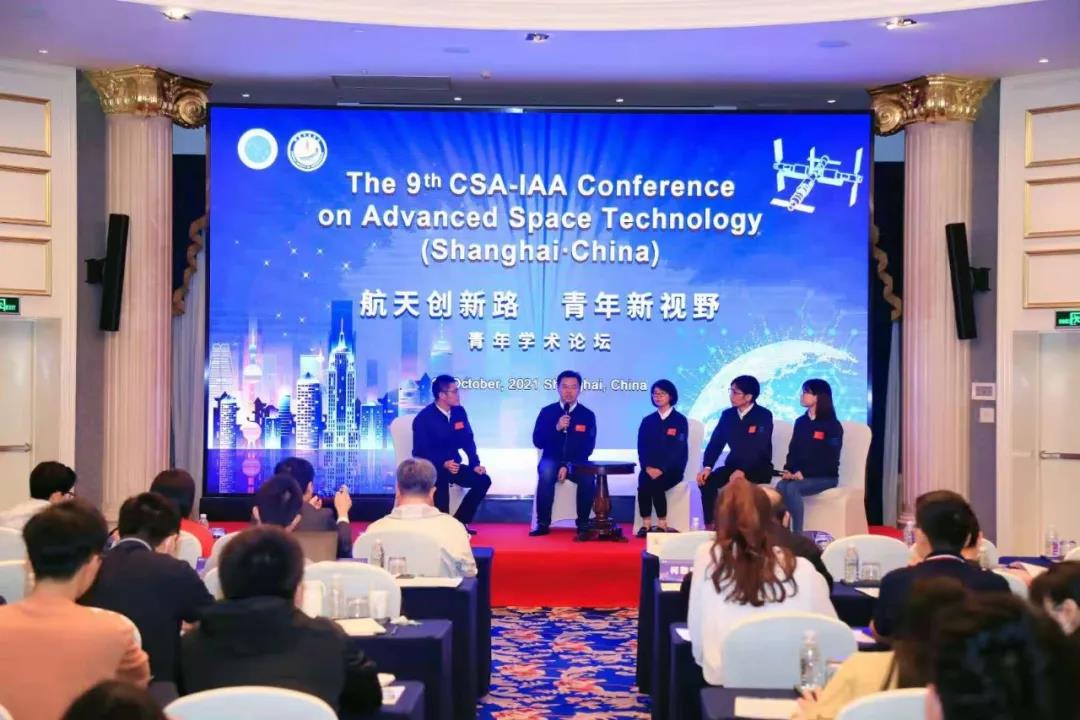
The reporter learned that, in last September, Chinese Society of Astronautics set up a young scientist club. The first youth forum held at this CSA-IAA Conference on Advanced Space Technology was hosted by Chinese Society of Astronautics, undertaken by the Youth League Committee of Shanghai Academy of Spaceflight Technology, and won the vigorous support from Shanghai Jiaotong University and Tongji University. “This time, we also invited many universities, because we hope to hear more suggestions from the young generation.” Jie Chen said, the future of the aerospace undertaking relies on the young generation.
This conference was co-hosted by China Association for Science and Technology, China National Space Administration, China Aerospace Science and Technology Corporation and China Aerospace Science & Industry Corp, and co-sponsored by Shanghai Society of Astronautics, editorial office of Journal of Astronautics, editorial office of Chinese Journal of Aeronautics, editorial office of Advances in Astronautics Science and Technology, and Aerospace Shanghai.
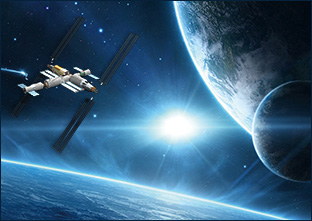
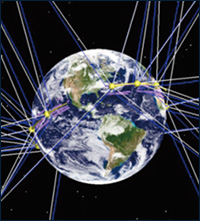
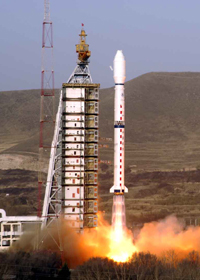
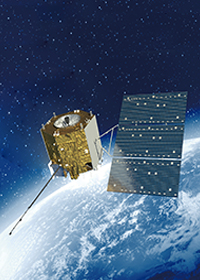
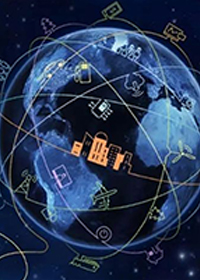
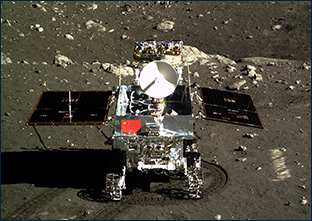
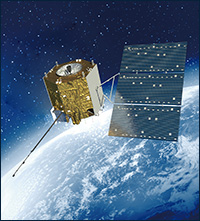

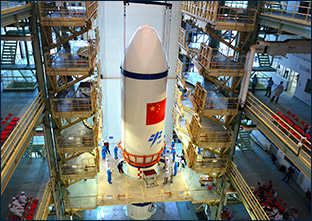



 DOWNLOAD
DOWNLOAD E-MAIL
E-MAIL